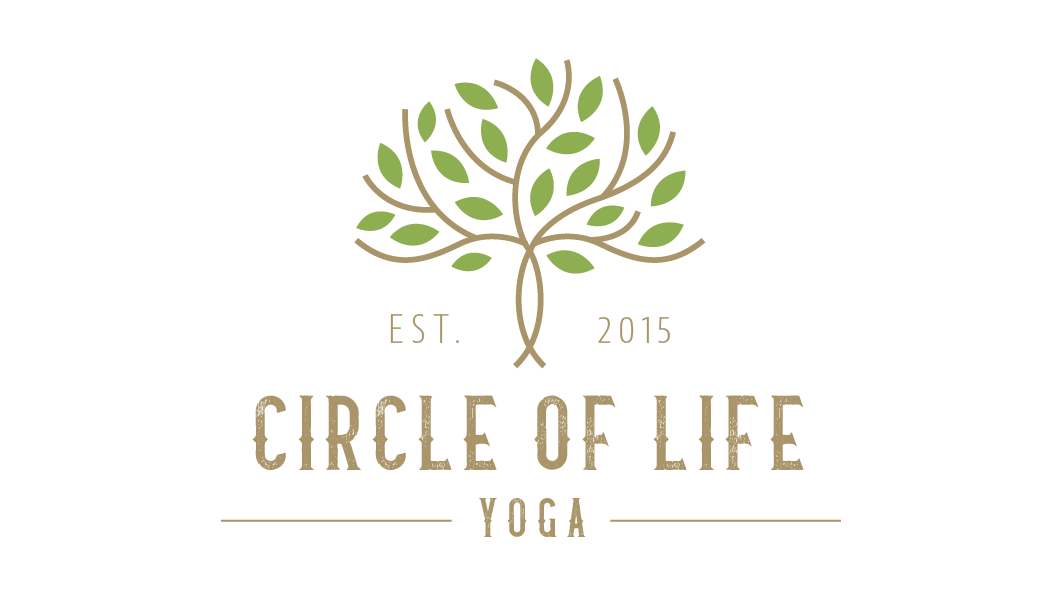Healing Together: A Holistic Approach to Trauma incorporates trauma-informed care, holistic health, and client-centered practices to help Occupational Therapists understand how past trauma might impact a client’s daily life, including their mental, emotional, and physical engagement in occupations.
Register:
A Holistic Approach to Trauma OT/OTA
Upon successful registration, participants will receive a confirmation email with course details. In accordance with the Americans with Disabilities Act (ADA) and our commitment to inclusivity, participants with special needs or requiring specific accommodations should notify us at the time of registration. Every reasonable effort will be made to ensure full participation and access to the educational experience.
To receive full credit for this course, participants must complete the post-course assessment and the post-course evaluation. Certificates of completion will be issued once all requirements have been verified.
-
Recognize the presence of unresolved trauma and how it shows up in the mind and body. Demonstrate an understanding of the triune brain model and explore how holistic practices—such as yoga, meditation, and integrative therapies—support brain regulation, healing, and integration following trauma.
Recall the triune brain model and how holistic strategies like meditation, yoga, and other therapies are believed to bring about a sense of healing and integration to the brain impacted by trauma.
Identify techniques that can be delivered in session and as a proactive measure.
Recognize the physiological and psychological changes resulting from the practice of yoga, and other holistic modalities.
Choose skills learned in this workshop to create an individualized, trauma-focused self-care plan for the practitioner in order to enhance burnout prevention.
-
Adapting interventions to avoid triggering trauma responses involves creating a safe, supportive, and personalized environment. Here's how:
Understand Trauma Triggers: Identify potential sensory, emotional, or situational triggers through a thorough client history and ongoing observation.
Establish Safety: Create a predictable routine, ensure physical and emotional safety, and communicate clearly to reduce feelings of vulnerability.
Client-Centered Approach: Collaborate with the client to tailor interventions that respect their preferences, boundaries, and comfort levels.
Use Gradual Exposure: Introduce challenging activities or environments slowly and with the client’s consent to build trust and tolerance.
Empower with Choice: Offer choices in activities, timing, and approach, allowing the client to feel control over their therapy.
Monitor Sensory Input: Avoid overwhelming sensory stimuli (e.g., touch, noise) and modify environments to suit the client’s needs.
Practice Trauma-Sensitive Communication: Use nonjudgmental, calm, and validating language to foster trust.
Incorporate Regulation Techniques: Teach grounding, mindfulness, or other self-regulation strategies to help clients manage distress if triggered.
-
Building trust involves intentional actions to ensure clients feel secure, valued, and supported.
Here's how:
Establish Clear Communication: Use clear, transparent, and consistent language to explain interventions, goals, and expectations.
Respect Boundaries: Always ask for consent before physical contact or introducing new activities, honoring the client’s comfort level.
Foster Predictability: Create consistent routines and inform clients of changes in advance to reduce uncertainty.
Active Listening: Show genuine interest in the client’s concerns, emotions, and feedback without judgment or assumptions.
Maintain Confidentiality: Uphold privacy and reassure the client that their information is safe and respected.
Provide Choice and Autonomy: Allow clients to participate in decision-making, giving them control over their therapy process.
Create a Calm Environment: Minimize external stressors and design a space that feels safe and welcoming.
Show Empathy and Validation: Acknowledge the client’s feelings and experiences without dismissing or minimizing them.
Be Consistent and Reliable: Follow through on commitments and demonstrate dependability to reinforce trust over time.
-
Supporting resilience and empowering clients involves addressing their physical, emotional, mental, and social needs.
Here's how:
Highlight Strengths: Identify and build upon the client’s existing skills and successes to encourage confidence.
Encourage Problem-Solving: Teach adaptive coping strategies to handle challenges and setbacks.
Promote Self-Regulation: Help clients develop techniques to manage stress and emotional responses.
Cultivate a Growth Mindset: Reframe failures as learning opportunities and emphasize progress over perfection.
Educate and Advocate: Provide tools, resources, and education to help clients take ownership of their health and well-being.
Encourage Independence: Gradually reduce support as the client gains confidence and skills to manage daily tasks.
Celebrate Progress: Acknowledge small victories to reinforce motivation and a sense of achievement.
Give yourself two hours for this self-paced course. It’s important to take time to read through everything thoroughly. Each resource is there to build your understanding. Take time to really understand each part before moving on. A deeper understanding often comes from re-reading and making sure you fully grasp each topic.
Circle of Life Yoga (OT Consultant, Kelly Patrick) is an AOTA Approved Provider of professional development. This Distance Learning — Independent activity is offered at 2 CEU’s, Introductory Level, Foundational Knowledge and OT Service Delivery. The assignment of AOTA CEUs does not imply endorsement of specific course content, products, or clinical procedures by AOTA or indicate AOTA approval of a certification or other professional recognition.
Disclosure Policy
We are committed to transparency and ensuring participants are fully informed when engaging in our professional development activity. Individuals participating have the right to know of any financial or non-financial interest that the provider or instructor may have in any product, service, or organization mentioned during the activity. For this activity, the provider and instructors confirm that they have no financial or non-financial interests related to any products, services, or organizations mentioned. The content is presented without bias and solely for educational purposes. By implementing this policy, we ensure integrity, fairness, and the ability for learners to make informed decisions about their participation. Please email us with any special needs request. No refunds or cancellations.
Cancellation Policy
Participants may cancel their registration up to 24 hours after purchase. Cancellations made less than 24 hours after purchase will not be eligible for a refund. In the event of a provider-initiated cancellation, registered participants will receive a full refund.



